Embarking on a journey toward fat loss or body recomposition is akin to preparing for a marathon. Just as you wouldn't sprint at the start line, nutritionally, it's vital to "walk before you run." This philosophy underscores the importance of gradual, sustainable steps in dietary adjustments, emphasizing the hierarchy of nutritional priorities that catalyze progress.
.jpg?width=391&height=347&name=GettyImages-1261754581(2).jpg) The Cornerstone of Nutrition: Caloric Intake
The Cornerstone of Nutrition: Caloric Intake
At the heart of any effective fat loss or recomposition strategy is managing caloric intake. The first step isn't intricately tracking every morsel, but understanding that the energy you consume versus the energy you expend dictates your body's changes. This principle doesn't necessitate immediate, meticulous food logging. Instead, start by becoming mindful of your eating habits and recognizing patterns that may contribute to excess calorie consumption. Simple adjustments, like reducing portion sizes or limiting high-calorie, nutrient-poor snacks, can initiate progress without overwhelming you with the nuances of calorie counting.
The Second Pillar: Protein Intake
Protein plays a pivotal role in preserving muscle mass during a calorie deficit and in supporting muscle growth during recomposition phases. However, before diving into the complexities of macronutrient ratios, focus on incorporating quality protein sources into your meals consistently. Choices like lean meats, fish, dairy, and plant-based proteins not only support your body’s needs but also contribute to satiety, helping you manage overall calorie intake more effectively.
Laying the Foundation: Eating Habits and Food Choices
Before delving into the specifics of tracking, the foundation of your nutritional strategy should be establishing regular eating patterns and making healthful food choices. Eating at consistent times aids in managing hunger and energy levels, preventing overeating. Gradually shifting your diet toward whole, nutrient-dense foods improves your overall nutrient intake, setting the stage for more detailed nutritional strategies like macronutrient tracking.
In essence, successful nutrition planning for fat loss or body recomposition mirrors the adage of "walk before you run." Start with broad, manageable changes in eating habits and food choices (and see this blog for where to start in other areas). As these become ingrained, refine your focus toward caloric and protein intake. This phased approach not only promotes physical progress but also fosters a healthier relationship with food, ensuring long-term success on your journey.
This blog was written by Sabrina Goshen, an Aligned Health Practice Registered Dietitian.


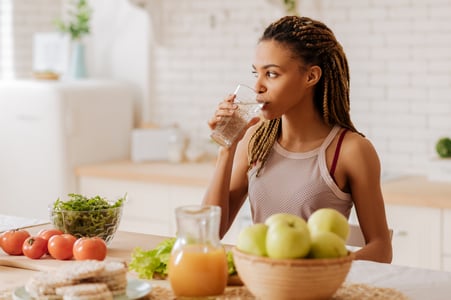 1. Do make a plan to manage your stress level.
1. Do make a plan to manage your stress level. Did you know
Did you know 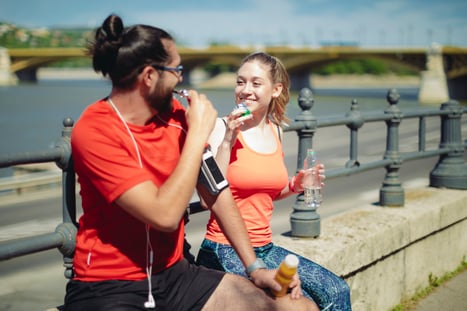 Protein bars make a great snack when you’re short on time or don’t have a big appetite. However, these days there are so many different protein bars available to choose from that picking the right one can be difficult. Some protein bars are relatively healthy; however, many are just fancy candy bars with a lot of sugar and saturated fat, and only a few grams of protein. When picking a protein bar, here are the top five
Protein bars make a great snack when you’re short on time or don’t have a big appetite. However, these days there are so many different protein bars available to choose from that picking the right one can be difficult. Some protein bars are relatively healthy; however, many are just fancy candy bars with a lot of sugar and saturated fat, and only a few grams of protein. When picking a protein bar, here are the top five 
 We’re in the midst of the holidays. You probably have family commitments or events pulling you away from the gym or time with
We’re in the midst of the holidays. You probably have family commitments or events pulling you away from the gym or time with 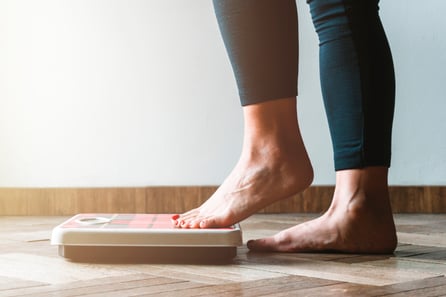 According to the
According to the 
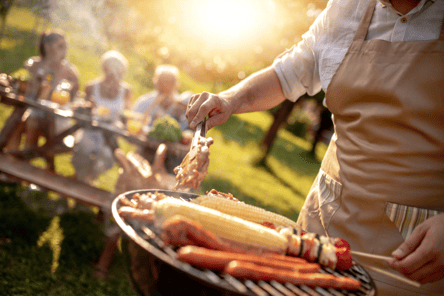
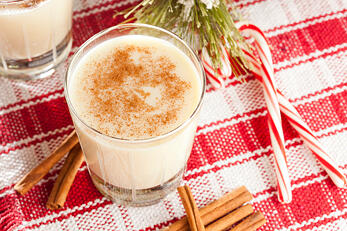
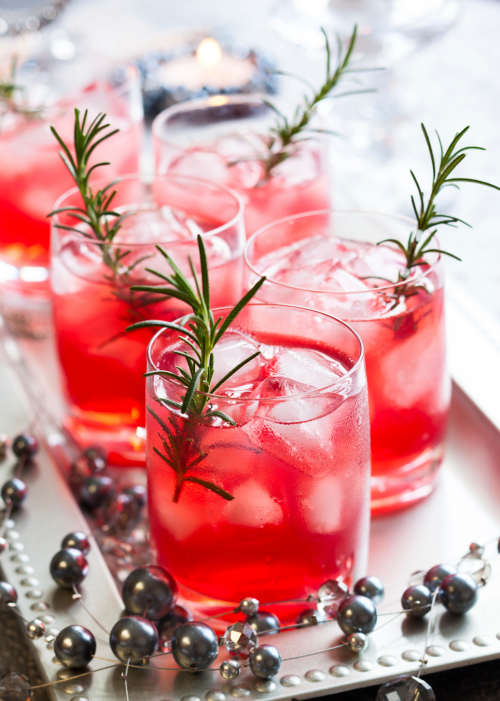

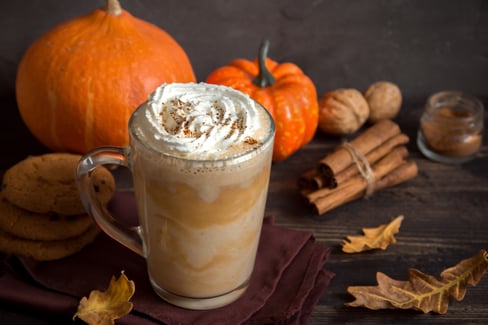 Pumpkin season is officially here, and I am SO excited! Call me “basic”—you would not be wrong. Starbucks has launched their pumpkin drinks. Food bloggers, including myself, are basically turning their kitchens into giant pumpkins. It is a whole thing.
Pumpkin season is officially here, and I am SO excited! Call me “basic”—you would not be wrong. Starbucks has launched their pumpkin drinks. Food bloggers, including myself, are basically turning their kitchens into giant pumpkins. It is a whole thing.  Can we just cut out the term “cheat meal” already? This fuels the idea that foods are “good” or “bad,” and, in turn, our food choices then become this reflection of us, as humans, being “good” or “bad.” News flash, you are not “bad” for eating a specific food.
Can we just cut out the term “cheat meal” already? This fuels the idea that foods are “good” or “bad,” and, in turn, our food choices then become this reflection of us, as humans, being “good” or “bad.” News flash, you are not “bad” for eating a specific food.